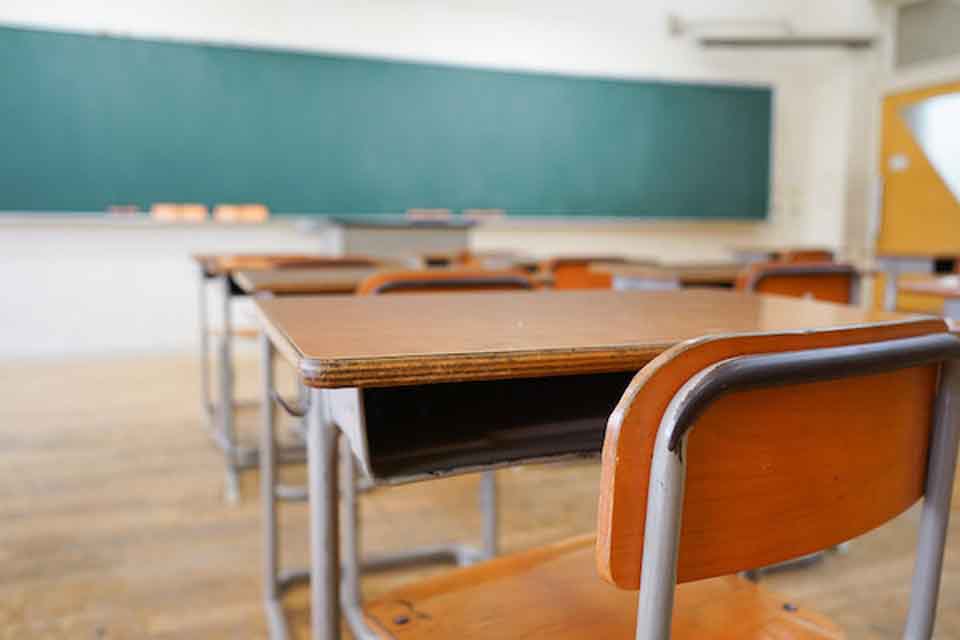You likely remember how overwhelmed you felt on the day of your first driving lesson. A car is a complex piece of equipment– and learning how to operate it properly required performing a series of tasks, in a specific order, to make sure the vehicle would start, stop and turn, while at the same time, making sure to be mindful of the rules of the road.
The analogy can be applied to understand how students with learning disabilities may feel in the classroom; learning to read and write is a complex process, especially for students who have the added challenge of needing to learn how to learn.
Key Statistics
Data from the National Center for Education Statistics shows that during the 2015-2016 school year, approximately 13 percent of all public-school students received special education services. Of those students, 34 percent were found to have a specific learning disability.
The most common learning disabilities are Dyslexia, Attention Deficit/Hyperactivity disorder (ADHD), Dyscalculia (math disorder), Dysgraphia (reading disorder) and processing deficits.
Teachers need to be mindful that a learning disability has nothing to do with how smart a student is, but instead, it relates to how they process, retain and communicate information. The more strategies a teacher has to teach learning disabled students, the easier it will be for students to cope with their differences.
Learning Disabilities Association of America
National Center for Learning Disabilities
Using Multisensory Instruction
Multisensory instruction involves the use of teaching methods that are designed to engage two or more senses at the same time. This may include the use of auditory, visual and tactile pathways, as this type of approach can augment a student’s ability to learn. When a student is able to experience a lesson through the stimulation of multiple pathways, they tend to engage more deeply and have greater levels of retention.
Multisensory techniques for teaching students how to read
Multisensory teaching techniques for dyslexic students
Providing Emotional Support
Children with learning disabilities react differently in the classroom. Some become anxious and frustrated, while others become sad and withdrawn. Dealing with an emotional struggle is not at all unusual, and teachers need to be attentive to their students’ individual needs. When students feel as if they’re “less than” or different, they may start to feel demoralized, which can lead them to stop trying.Without the proper emotional support, a student’s potential is often limited.
[Emotional support techniques for students with learning disabilities]()
Support strategies for students with emotional and behavioral disorders
Emotional needs of children with learning disabilities
Educational Activities
Educational activities can benefit all types of learners, and many students with learning disabilities do well when learning by doing. When students become bored, they become disengaged, which makes it difficult for them to process and retain information. Teachers who employ game-based learning techniques often find they can tap into students’ motivations, because there is a constant reward-based system that’s in place.
5 activities for children with learning disabilities
Benefits of game-based learning
Assistive Technology
Assistive Technology (AT) is system or piece of equipment that helps to work around a student’s learning deficits. Students that struggle with reading, for example, may benefit from audio books. Students that have a language-based processing disability may find it easier to complete assignments using speech-to-text software as opposed to trying to compose a written essay.
Speech recognition software for special education
Assistive Technology for Students with Learning Disabilities
Tech tools for Students with Learning Disabilities
A Step Further: Using Tablets to Empower Students with Learning Disabilities
The iPad quickly became the market leader when it comes to special-needs learning. There are hundreds of downloadable apps that provide auditory, visual and tactile learning opportunities. When educators find apps that meet the needs of individual students, they need to set aside to teach the student how to use it, both in the classroom and independently.
Although some teachers struggle with using assistive technology that they aren’t familiar with, most everyone already knows how to use an iPad or tablet.
Mobile devices empower students with special needs
Using iPads to improve academic gains for students with disabilities
7 must have app and tools for students with learning disabilities
Assistive technology and apps to support learners with autism
Evaluation of mobile application (apps) among students with dyslexia

